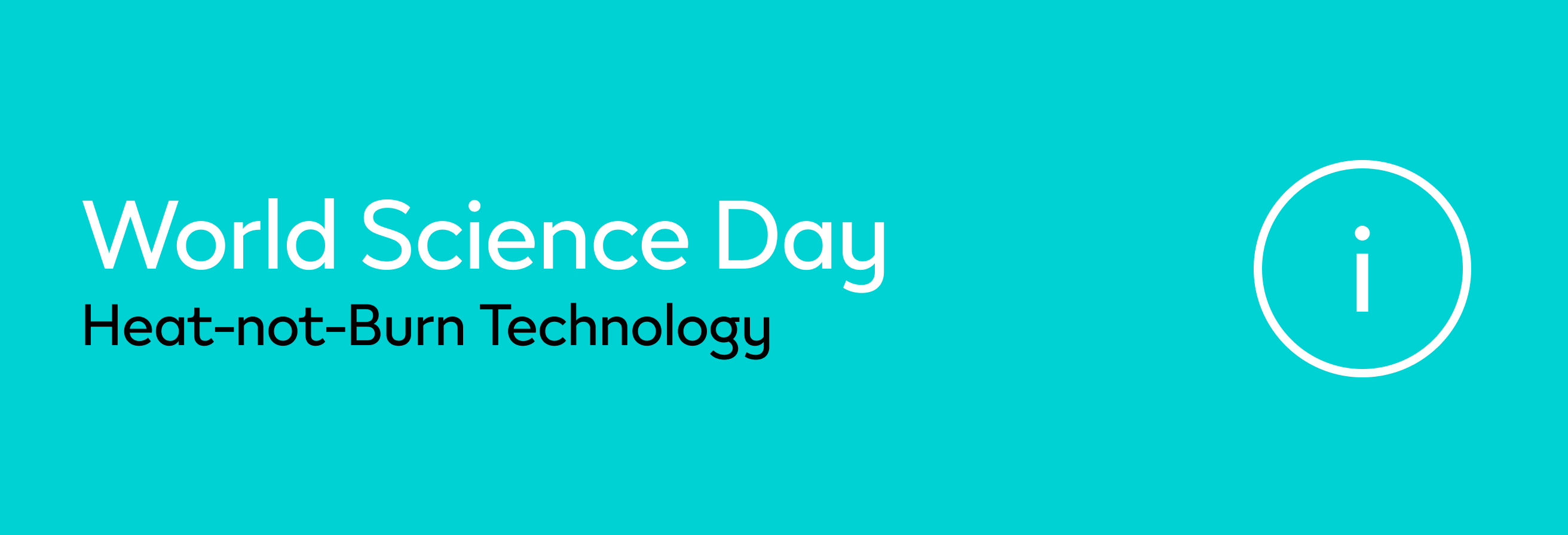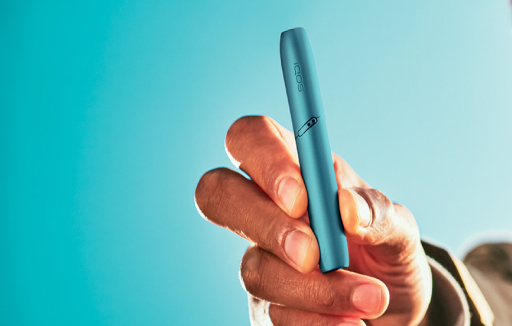
Nov 8, 2023
The Heat-not-Burn Technology
A scientific perspective on the World Science Day
On November 10, World Science Day is celebrated around the world to recognize the importance of science and research to society. In this context, we would like to share the innovative technology that has the potential to reduce the risks associated with tobacco use - Philip Morris International's (PMI) Heat-not-Burn (HnB) technology.
PMI is an industry leader in scientific innovation, and we aim to be predominantly smoke-free globally by 2030. Specifically, this means that by 2030, more than two-thirds of our net revenues should be generated from smoke-free products.
Since 2008, we have invested over $10.7 billion in smoke-free products. We count over 500 peer-reviewed publications. Philip Morris International has approximately 2,500 patents issued for smoke-free technologies and employs more than 1,500 people in research and development. Another PMI milestone is 251 toxicology assessment studies, 26 clinical evaluation studies and 58 pre- and post-market perception and behavior studies of smoke-free products since 2015.
Heat-not-burn technology: a scientific assessment
The vast majority of harmful substances found in cigarette smoke and that associated with smoking-related diseases are produced by burning tobacco. The HnB technology is based on the idea of vaporizing tobacco by heating it rather than burning it. This process produces an aerosol that releases fewer potentially harmful substances than the smoke from conventional cigarettes. Several scientific studies have analyzed the chemical composition of HnB aerosol and shown that it contains a lower amount of harmful chemicals compared to smoke from conventional cigarettes.
Since nicotine dependence is an addictive disease, complete smoking cessation is considered the gold standard to prevent tobacco-related diseases. It is estimated that around 1 billion people worldwide smoke today. The WHO assumes that this figure will remain roughly the same in the coming years. The negative health consequences of cigarette smoking are well known.
However, the vast majority continue to smoke, despite the knowledge of the risks: more than 9 out of 10 do not quit cigarette smoking. These smokers, who would continue smoking, need a pragmatic and common-sense solution that can be found in harm reduction. The potential health benefits for adult smokers of switching completely to smoke-free products could be significant.
HnB's role in harm reduction
HnB technology is considered one of the possible alternatives to smoking because it has the potential to reduce the number of harmful substances to which one is exposed. Some studies have shown that HnB products, as a combustion-free alternative, could reduce risk compared to continued cigarette smoking. However, it is important to note that HnB products should not be considered risk-free and their long-term effects need further research.
Overall, it is important to note that complete cessation of tobacco and nicotine products is always the best option. For those smokers who would otherwise continue to smoke, combustion-free and thus harm reduced- alternatives may be considered.





